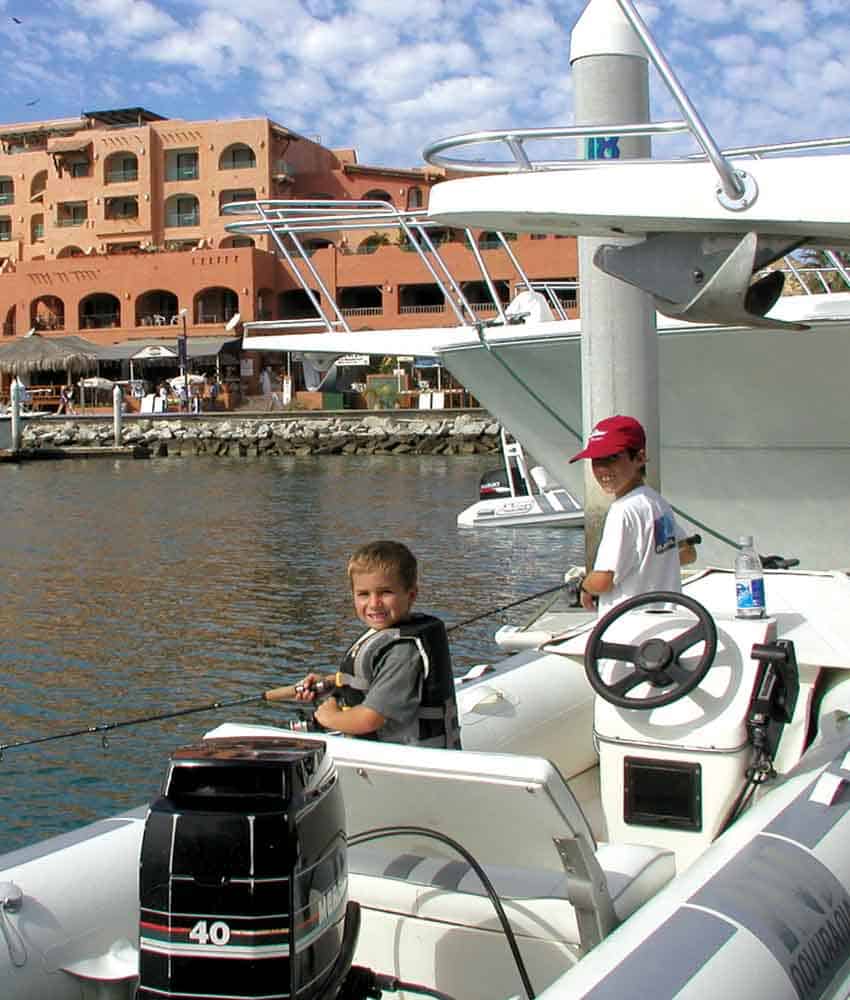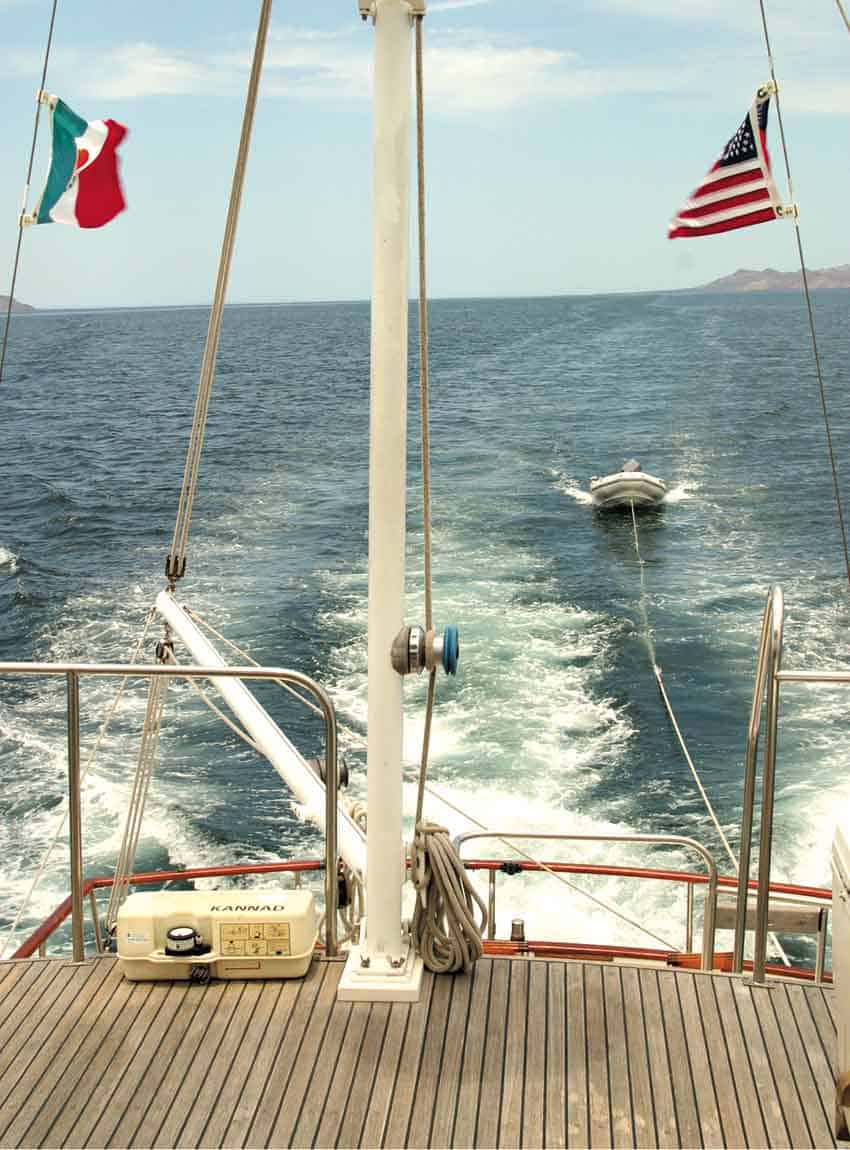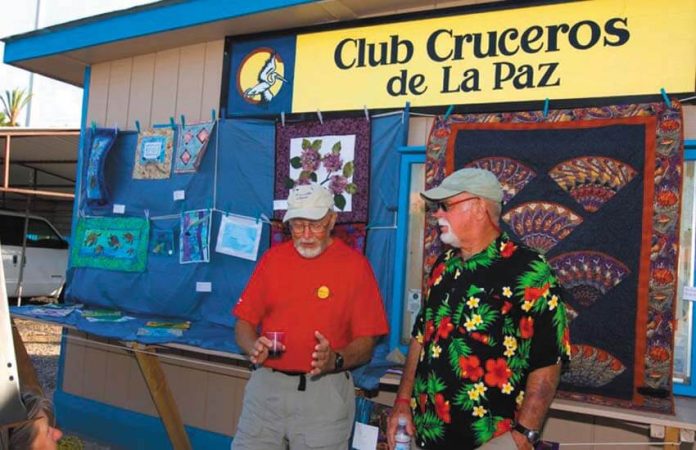Much has been written about the many people who live in Mexico part- or full-time, but relatively little has been written about Mexico’s different expat subcultures.
One group I have found nothing about is that of folks whose Mexico experience revolves around their use of their own personal boats. A Google search gives only a bunch of ads for rentals. But it’s not hard to understand why boaters would be drawn to Mexico’s coasts.
The vast majority of these boaters come from the United States and Canada. They may spend all or part of the year here and go through immigration and tax procedures similar to us landlubbers. But there is diversity here. Boaters can range greatly in age — from those in their twenties with their tiny, stripped-down first boat to the retirees who have the financial means to live on floating mansions.
Most boaters, no matter what the vessel, seem to prefer the same regions of Mexico. The strongest expat boating culture is on the northwest Mexican coast, including Baja. One reason is that this region — stretching from Puerto Vallarta northward — is closest to the west coasts of the U.S. and Canada but also because it boasts bold landscapes and seascapes, not to mention the Gulf of California, which Jacques Cousteau dubbed “the world’s aquarium.”
If you’re interested in getting involved in the boating community here, some of Mexico’s most popular marinas are in Ensenada, Baja California; Los Cabos and La Paz in Baja California Sur; Mazatlán, Sinaloa; and Puerto Vallarta, Jalisco. There are also increasing facilities in the upper Gulf. The yacht and sailing clubs that provide camaraderie and logistical support to foreign boaters are mainly in the northwest, including Club Cruceros in La Paz and the Acapulco Yacht Club. However, be careful when approaching organizations with “club” in their name; many are really boat rental businesses.

The southern Pacific coast is not unknown to boaters, with its facilities in Acapulco; Barra de Navidad, Jalisco; Manzanillo, Colima; Ixtapa/Zihuatanejo, Guerrero; Huatulco, Oaxaca; and Puerto Chiapas (in the Tapachula municipality of Chiapas). However, many are side trips for those hanging up north or stopping points for those heading ever further south. But recreational boaters all but ignore Mexico’s east coast. Marinas are absent on this coast with the exception of the Yucatan, mostly in the Cancun area with a couple in Progreso and Campeche.
According to Pat Rains author of Mexican Boating Guide, the main reason for this is that many Canadian and U.S.-East Coast boaters are more attracted to places like the Chesapeake Bay and the Florida Keys, not to mention all those wonderful Caribbean islands.
Ocean-based expat culture in Mexico is naturally quite strongly tied to season and weather, especially hurricane season, which extends from June to November on both coasts. Those who remain in Mexican waters during these months are either in or near large protected marinas and other “hurricane holes” — natural areas that afford protection in storms. Any movement in open water means keeping a wary eye on weather reports, especially for those with smaller vessels.
The other half of the year is nearly storm-free, so this allows boaters to more easily enjoy what Mexico has to offer, whether that is leisurely cruising the coast or parking their vessel somewhere to tour inland to places like the Copper Canyon, the monarch butterfly sanctuaries and Chiapas coffee plantations.
February and March seem to be the sweet spot of the boating season. Many settle in an area where they want to be for a while and where weather conditions favor organized events such as regattas. The largest of these include Sailfest in Zihuatanejo in February; the San Diego Yacht Club’s annual race from Ensenada to Puerto Vallarta.
There’s also the Mexorc and the Banderas Bay regattas, both in Puerto Vallarta in March. These events attract thousands of participants and spectators and often raise money for Mexico-based charities.

For many, their Mexican boating season kicks off in October and November with flotillas or rally vessels traveling together from the California coast down to southern Baja and beyond. Going in groups makes the trip more fun and in some ways easier as there are few places for boats to stop between Ensenada and Los Cabos.
One such annual rally is the Cruise Underway to Baja (CUBA), from San Diego to La Paz, and the Baja Ha Ha, which runs from San Diego to Los Cabos.
Ocean-based recreational boating in Mexico has always been popular and continues to grow significantly. One important reason is the efforts of the Association of Mexican Marinas, which lobbied the Mexican government to overhaul the bureaucracy foreign boaters had to face. Previously, there were hours- and even days-long procedures not only to enter and leave Mexican territorial waters but also to dock in each port.
Today, Rains estimates that at least 2,000 boats enter Mexico on the Pacific side each season, with a respectable 1,500 for the Gulf. Although more facilities have been built and many coastal businesses cater to this demographic, there is a serious shortage of recreational marina space, a problem that Rains says will continue into the foreseeable future until there is some significant investment in port infrastructure.
Leigh Thelmadatter arrived in Mexico 18 years ago and fell in love with the land and the culture in particular its handcrafts and art. She is the author of Mexican Cartonería: Paper, Paste and Fiesta (Schiffer 2019). Her culture column appears regularly on Mexico News Daily.
